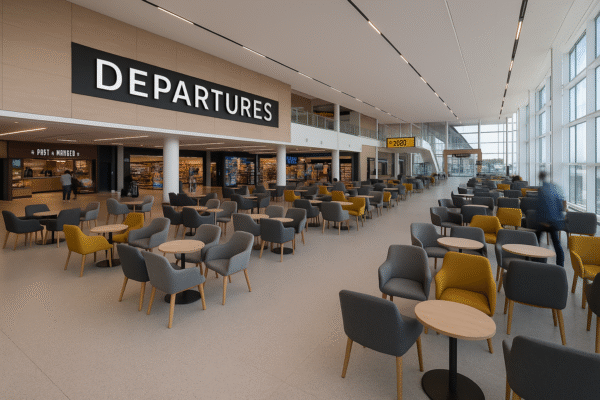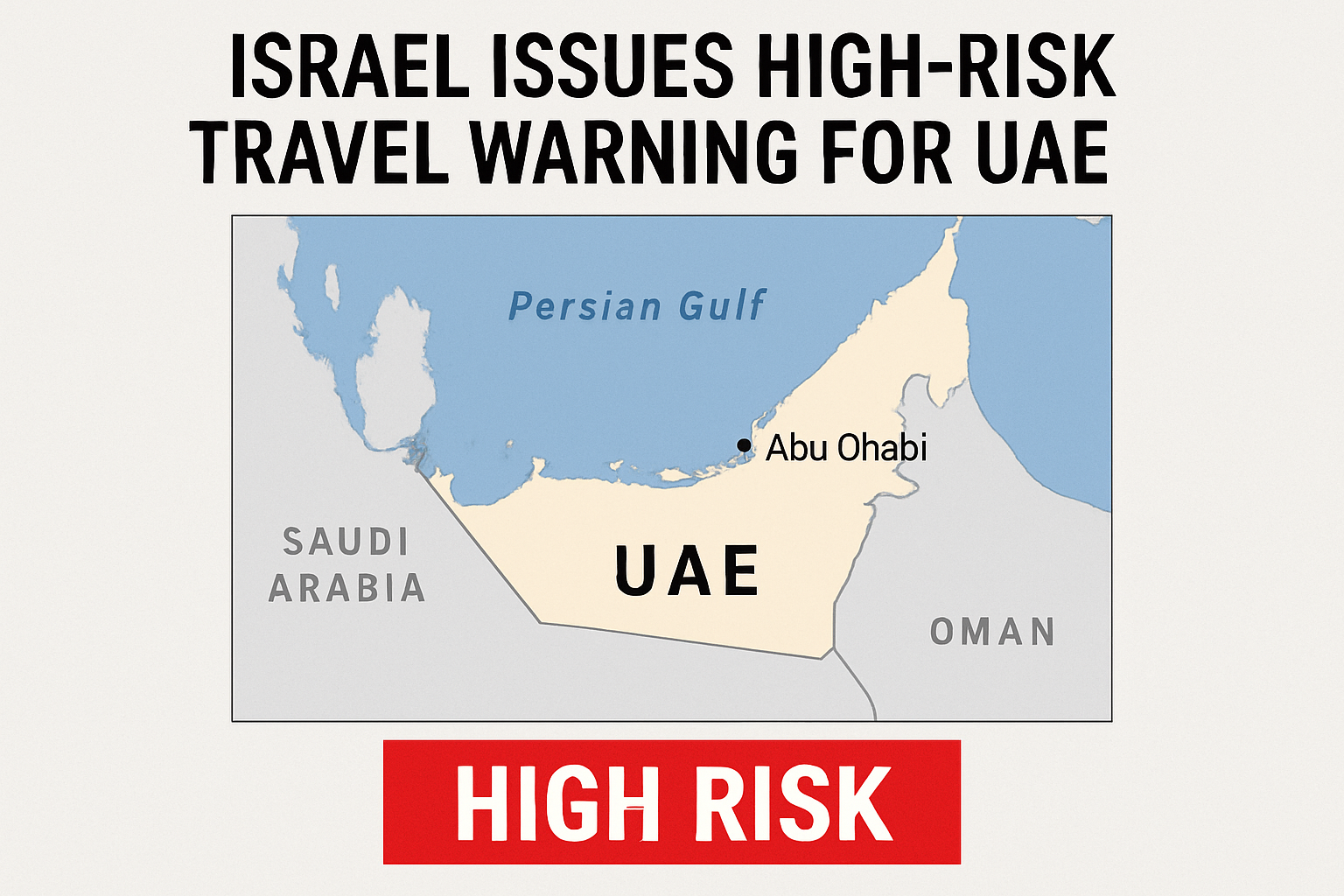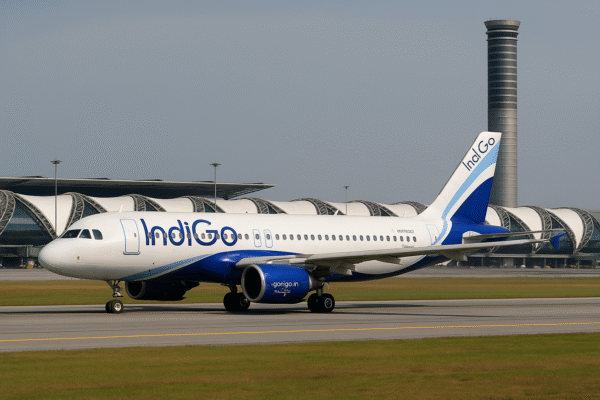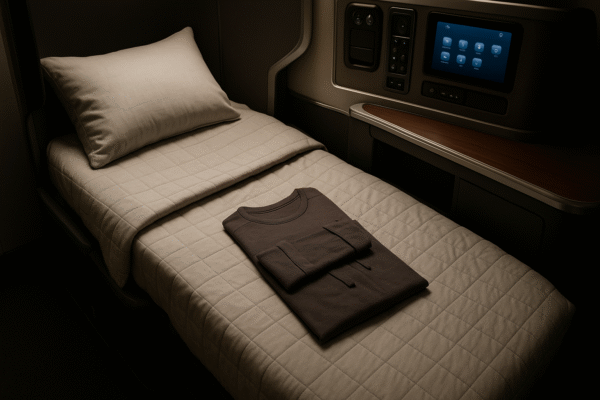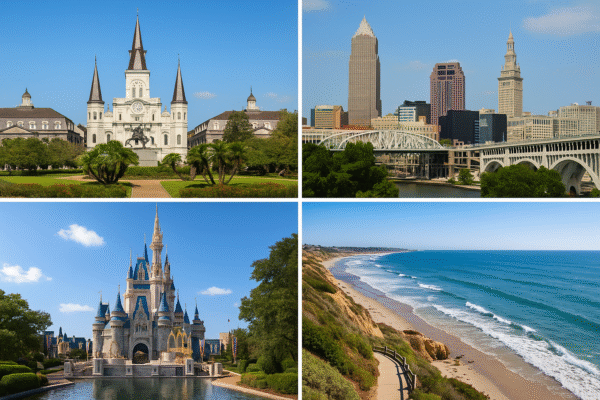Maastricht Aachen Airport Expands Eastern European Network with New Wizz Air Route to Bucharest Starting Winter 2025
In a strategic move aimed at enhancing regional connectivity, Maastricht Aachen Airport (MAA) and Hungarian low-cost carrier Wizz Air have officially announced the launch of a new route to Bucharest, Romania, starting in late October 2025. The new connection forms part of an extended partnership between the airport and the airline, which is set to significantly boost passenger volumes and further establish Maastricht as a vital gateway for travel between the Netherlands and Eastern Europe.
According to MAA, the new Bucharest service is expected to add up to 40,000 additional passengers per year to the airport’s traffic. This increase builds on an already growing network, with flights to Chisinau, Moldova continuing and a new route to Katowice, Poland, scheduled to launch in Summer 2026. Combined, these routes are forecast to help MAA reach over 134,000 passengers annually, a major milestone in the airport’s regional development plans.
Eastern Europe Connectivity at the Core
The expansion aligns with MAA’s long-term ambition to become a highly connected, sustainable regional hub. The new routes are tailored not only to meet the needs of leisure travelers but also to serve a growing demand for visiting friends and relatives (VFR) travel among Eastern European communities in the Netherlands.
In recent years, the Netherlands has seen a steady increase in migration from countries like Romania, Poland, and Moldova. The improved air links now make it easier for these communities to maintain family ties while also attracting new tourist flows and business opportunities from Eastern Europe. The strategic additions also position Maastricht as a viable alternative to busier Dutch hubs like Amsterdam Schiphol, especially for budget-conscious and regional travelers.
Bucharest: A Strategic Addition for Wizz Air
Bucharest, one of Wizz Air’s key markets, is more than just a city of historic landmarks and thriving cultural life—it is a gateway to Eastern Europe’s economic and touristic corridors. By adding this route, Wizz Air reaffirms its commitment to Romania and its ongoing strategy to expand throughout the EU’s eastern flank.
For travelers departing from the Netherlands, this new service offers direct, affordable access to the Romanian capital, enhancing both leisure and business tourism potential. According to data from the Romanian Ministry of Economy, Entrepreneurship and Tourism, the country welcomed over 13 million foreign visitors in 2024, with numbers expected to grow in 2025 as travel resumes strong post-pandemic recovery.
Sustainability and Modern Fleet Advantage
In parallel with its network expansion, Wizz Air remains at the forefront of sustainable aviation. The airline operates one of the youngest and most efficient fleets in Europe, with modern aircraft such as the Airbus A320neo and A321neo, which reduce carbon emissions by up to 50% compared to previous generation models.
Wizz Air has committed to net-zero emissions by 2030, and its leadership in this space has earned it multiple accolades, including being named the “Most Sustainable Low-Cost Airline” by World Finance (2021–2025) and the “Most Sustainable Airline Group in EMEA” by CAPA – Centre for Aviation.
These eco-initiatives align with the goals of Maastricht Aachen Airport, which is undergoing its own green transformation with ambitions to reduce ground operations emissions and modernize infrastructure for more efficient aircraft turnaround.
Regional Economic Boost
The new routes are also expected to bring tangible economic benefits to Limburg province and surrounding cross-border areas in Belgium and Germany. With each new destination, MAA not only enhances accessibility but also stimulates local employment, hotel stays, restaurant business, and tourism services.
“Every new flight we launch strengthens the economic fabric of our region,” stated a spokesperson for MAA. “The addition of Bucharest is not just another route—it’s a symbol of how regional airports like ours can play a meaningful role in Europe’s aviation future.”
Wizz Air’s CEO József Váradi has repeatedly emphasized the importance of smaller regional airports in enabling decentralized travel and reducing congestion at major hubs. The continued collaboration with MAA demonstrates the viability and value of investing in regional connectivity.
Looking Ahead: Katowice and Beyond
With the Katowice route scheduled for Summer 2026, Maastricht Aachen Airport is building momentum that could see it emerge as one of the fastest-growing regional airports in the Benelux. Katowice, located in southern Poland, serves as a crucial industrial and cultural center, and the new route is expected to attract both business travelers and tourists.
The Polish Tourism Organisation has reported an increase in interest from Western Europe, particularly among young travelers seeking authentic cultural and culinary experiences. Direct flights from Maastricht to Katowice are well-positioned to capture this growing market segment.
Conclusion: A Win-Win for Maastricht and Wizz Air
As Maastricht Aachen Airport charts its next chapter, its partnership with Wizz Air stands as a model of modern, sustainable, and inclusive aviation growth. With accessible fares, strategic routes, and shared sustainability goals, this alliance reflects the future of European regional air travel.
Whether it’s visiting family in Bucharest, exploring Chisinau’s history, or conducting business in Katowice, travelers now have better access and more options through Maastricht. The Winter 2025 launch of the Bucharest route is only the beginning of what promises to be a transformative era for the airport and its passengers.
For more travel news like this, keep reading Global Travel Wire



